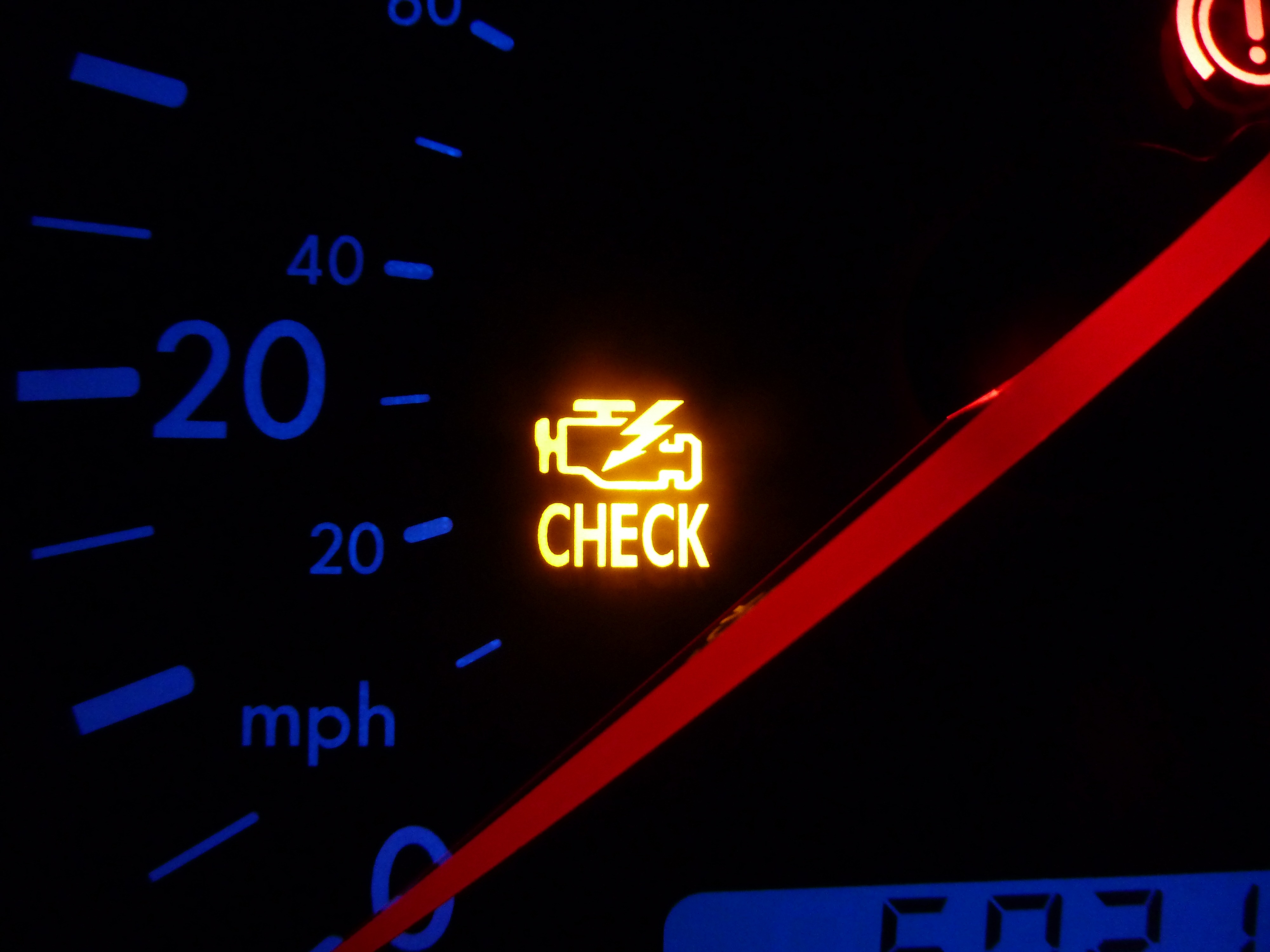Posted on 3/30/2017

So you come out to start your car one morning and the Check Engine light on the dashboard comes on…and doesn’t go back off again. You can’t really notice any difference in the way the car runs and drives, but it’s on anyway.What does it mean?Since the late 80s, most engine functions have been controlled by a central drivetrain computer. This includes emissions controls, fuel metering and delivery, ignition timing, shift points and many other elements of drivability and performance. The drivetrain computer relies on information from a chain of sensors that monitor exhaust composition, camshaft position, throttle position and many other factors.The voltage readings from any of these sensors are supposed to fall within a certain range. When these readings are out of normal parameters, the drivetrain computer stores a trouble code and illuminates the Check Engine light (also known as a Malfunction Indicator Lamp or MIL). Some problems on some makes may take several ... read more
Posted on 3/16/2017

1. For performance and handling, the trend has long been toward fatter tires with a bigger footprint. That’s starting to change, though. Skinnier tires mean lower rolling resistance and better fuel economy, as well as a smaller aerodynamic profile. While fatter tires do handle better, tire engineers are making up the difference by designing skinny tires with a stickier tread formulation for traction and cornering ability.2. Static electricity used to be a real concern for vehicles; if you’re old enough, you may remember seeing station wagons with a “ground strap” dragging along the pavement. It’s become a concern again, with newer tread compounds cutting back on the amount of carbon black in newer tires. The solution? Many tires are now designed with an “antenna strip” of more conductive material down the center of the tread, providing a positive electrical contact between tire and pavement.3. Like with cars, tire manufacturers are doing everyt ... read more